The seventeenth century witnessed a great flourishing of Dutch trade and culture. Over the course of the first half of the century, the northern Netherlands secured independence from the Spanish crown, and the nascent republic sought to establish its might in global trade, often by way of diplomatic relations with the Ottoman Empire and other Muslim powers. Central to the political and cultural identity of the Dutch Republic were curious foreign goods the Dutch called “rarities.” Rarities of These Lands explores how these rarities were obtained, exchanged, stolen, valued, and collected, tracing their global trajectories and considering their role within the politics of the new state. Claudia Swan’s insightful, engaging analysis offers a novel and compelling account of how the Dutch Republic turned foreign objects into expressions of its national self-conception. Rarities of These Lands illuminates the formative years of the Dutch Republic, offering a timely examination of the art, politics, and exoticism of this momentous period in the history of the Netherlands.
the faculty bookshelf




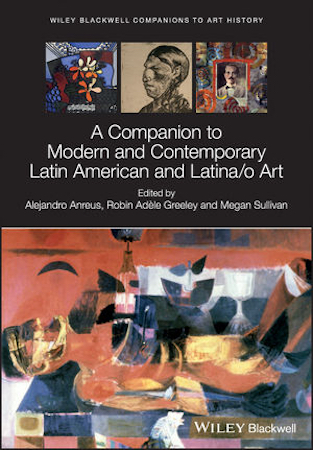
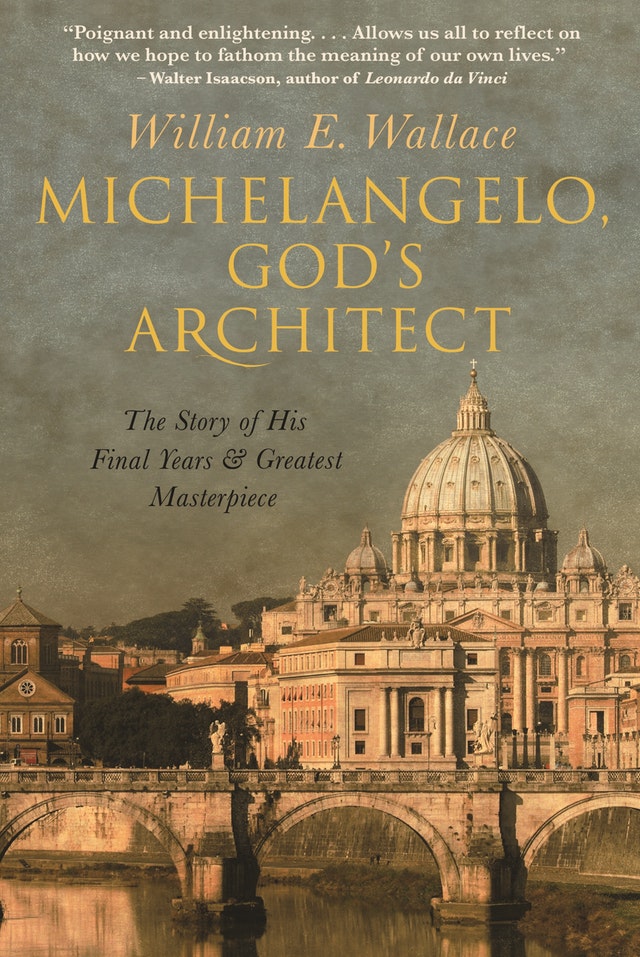
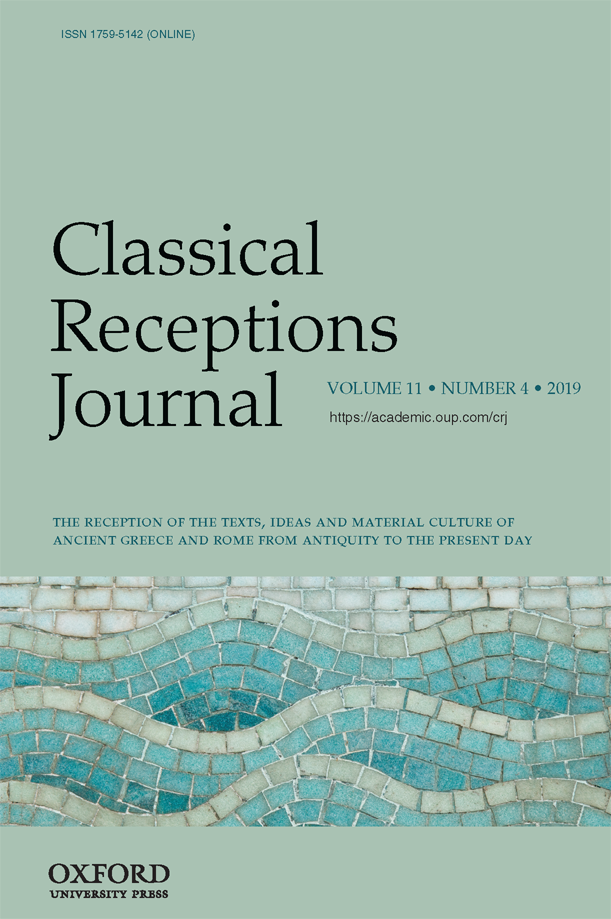

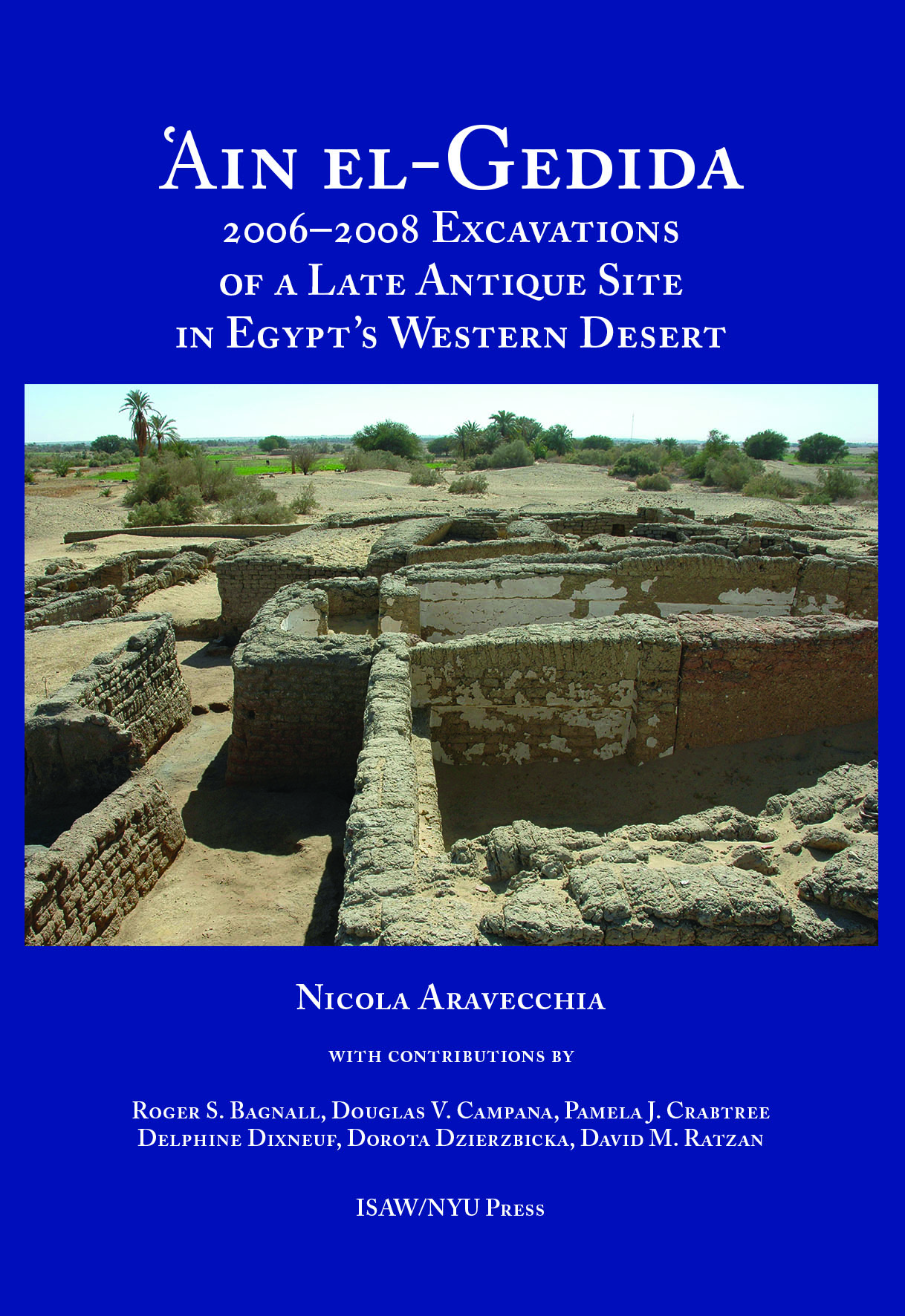
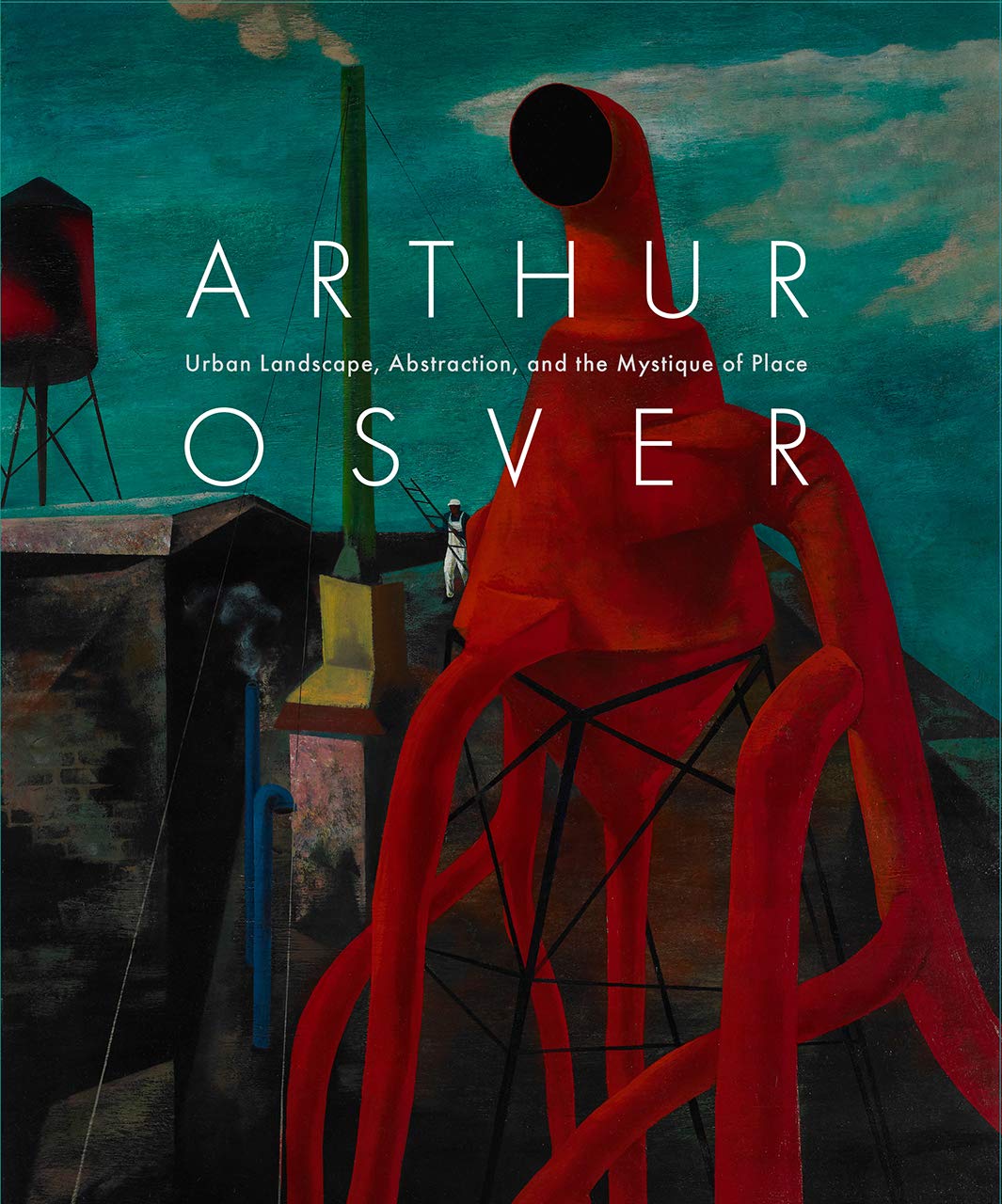
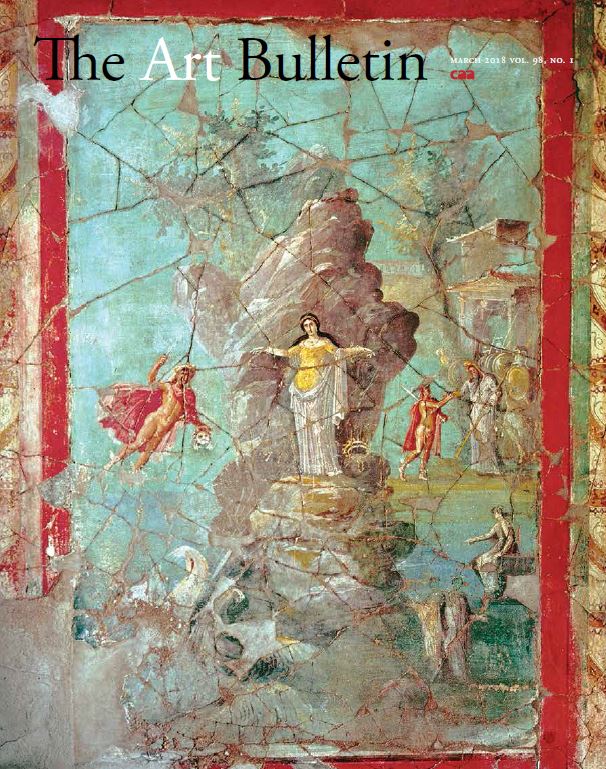
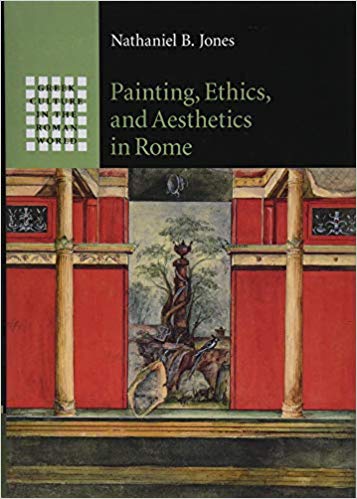
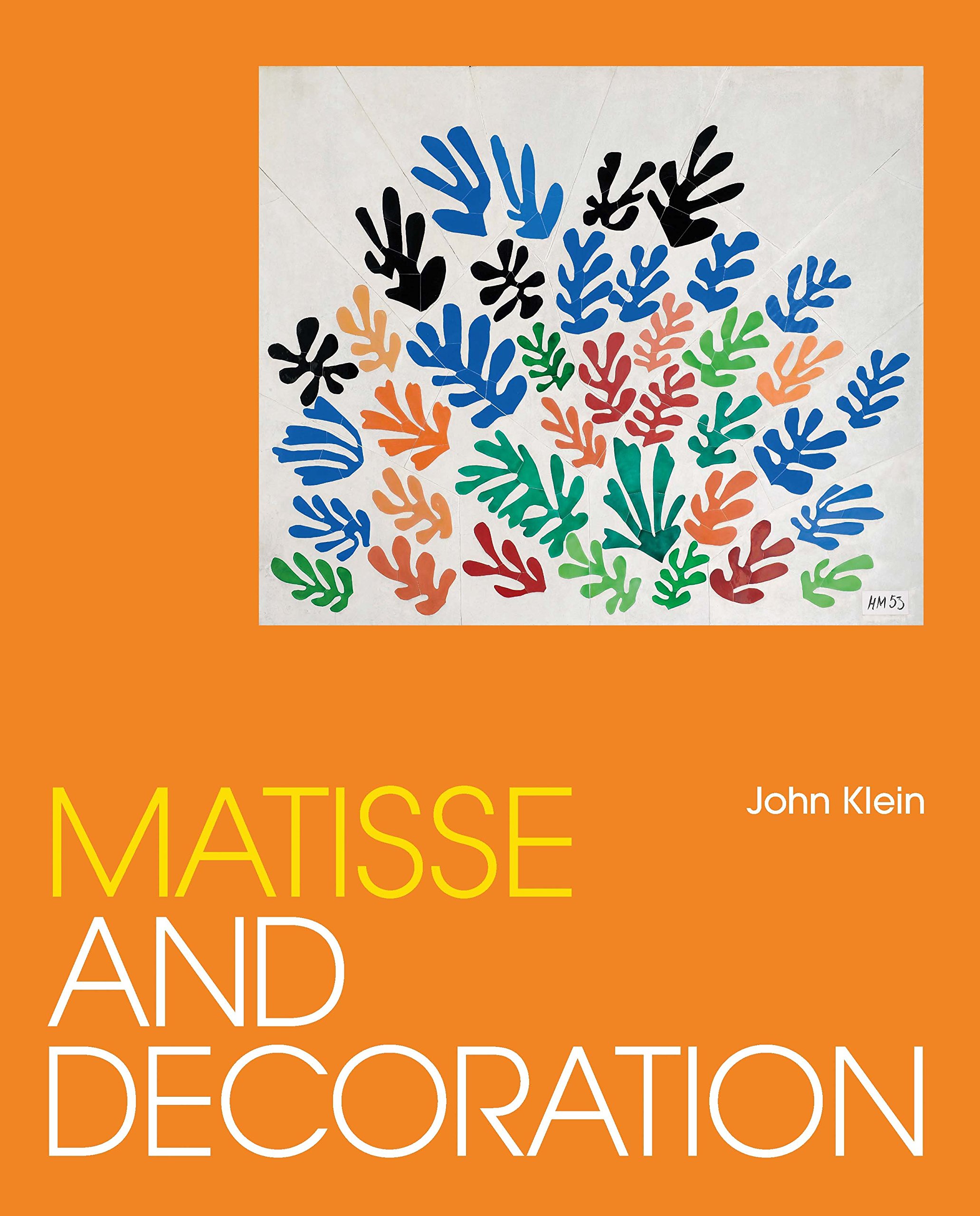


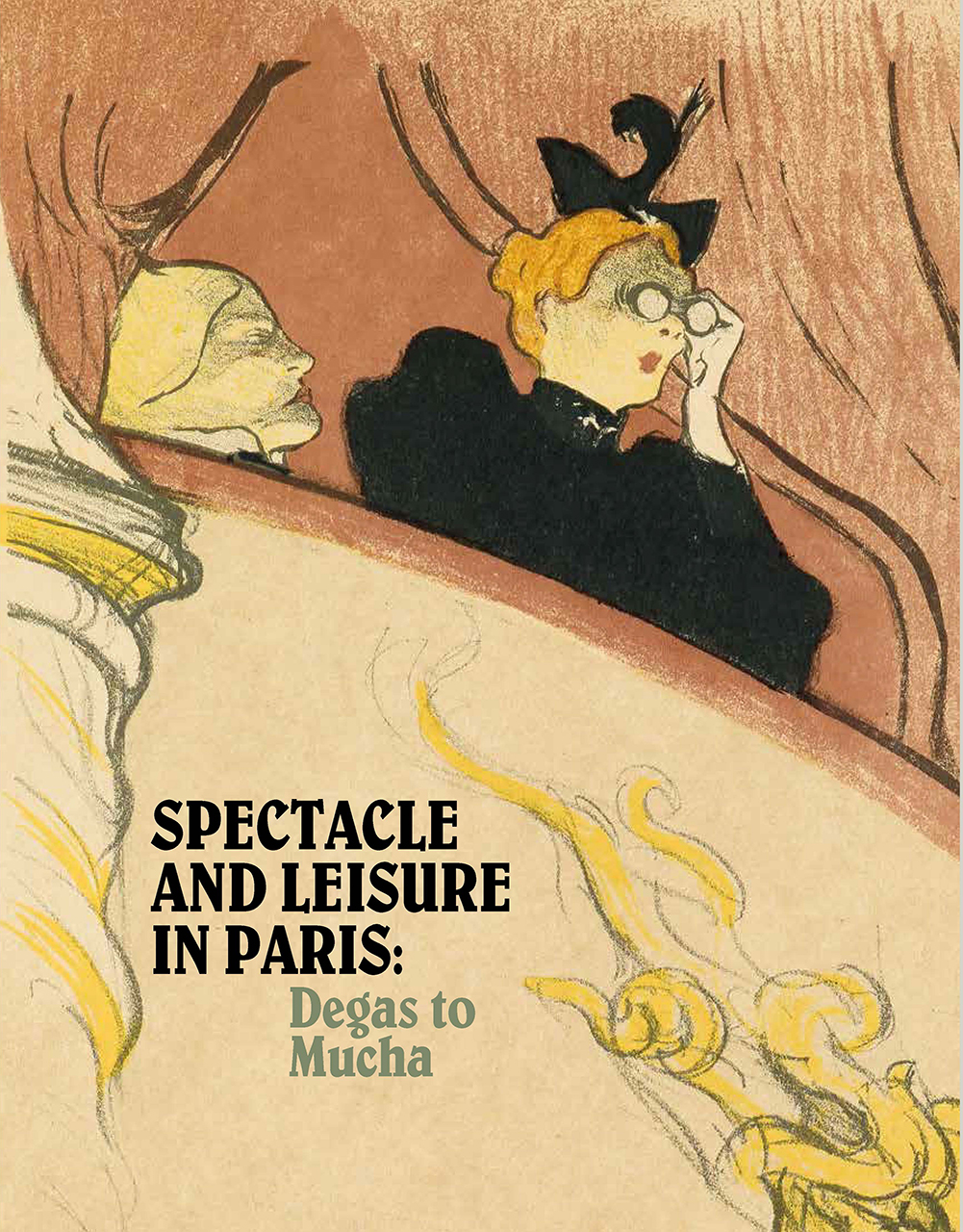

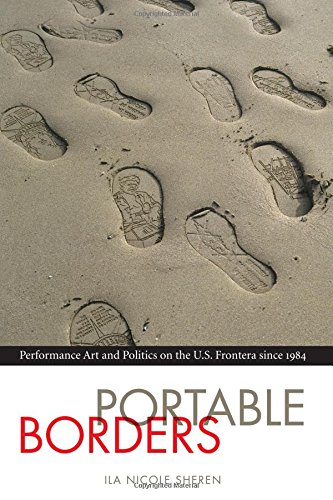
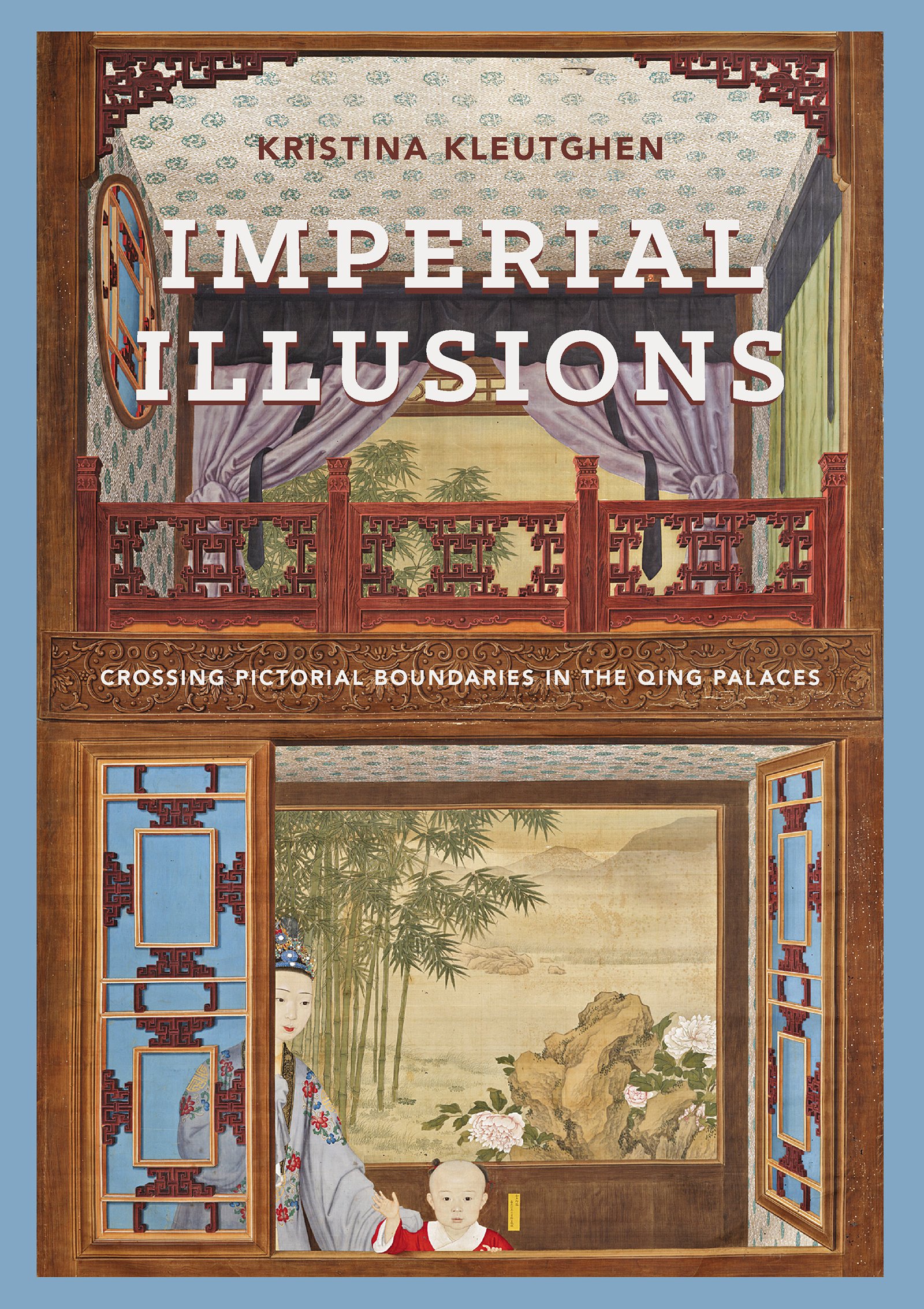

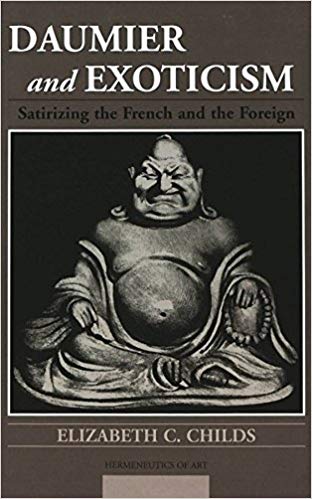

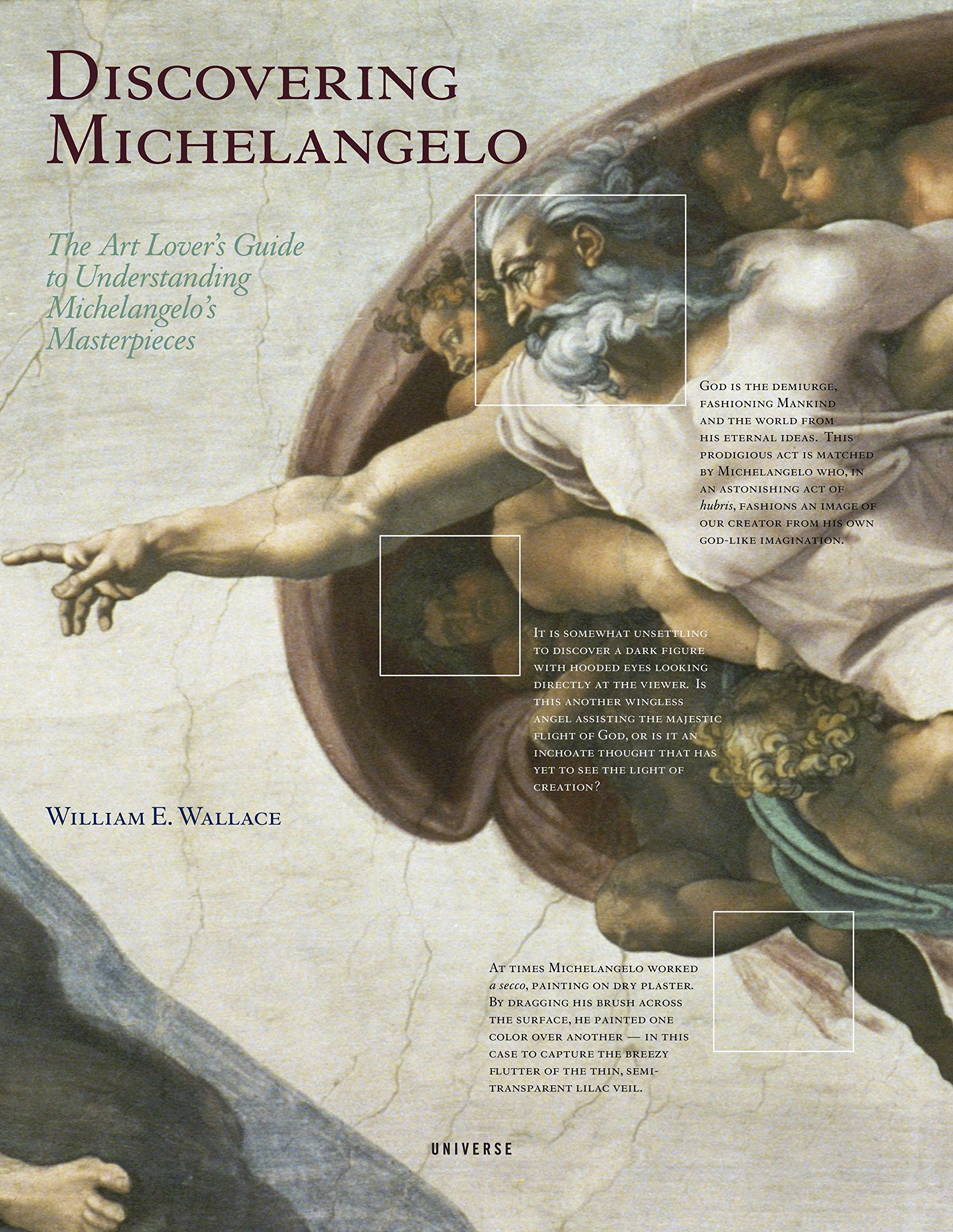
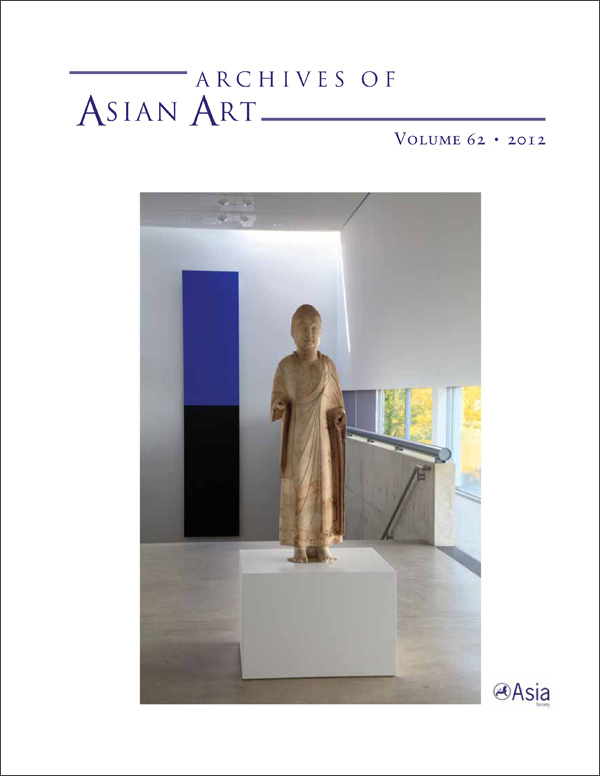


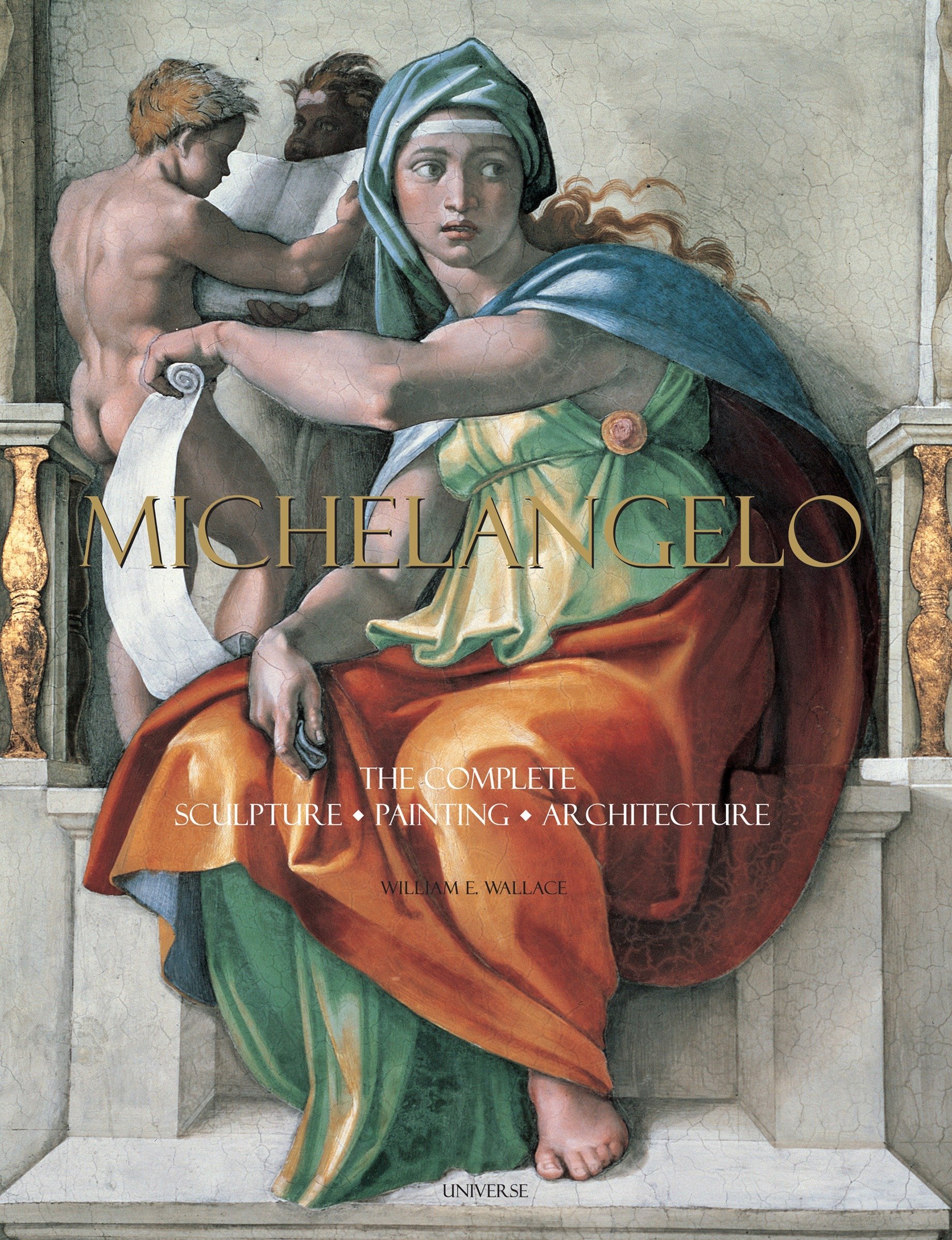
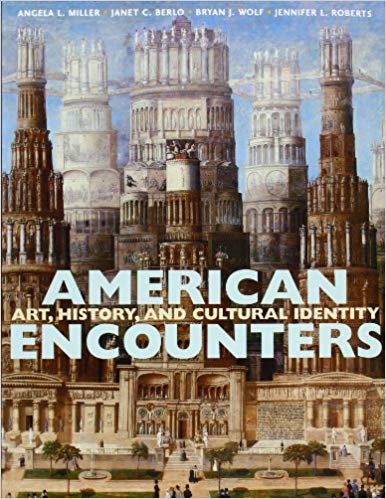
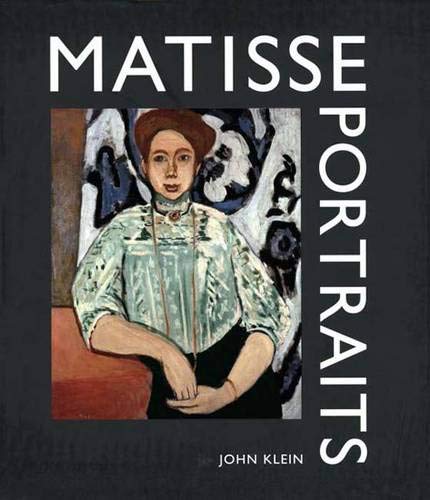
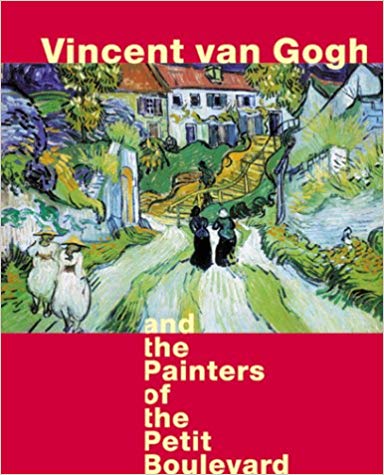

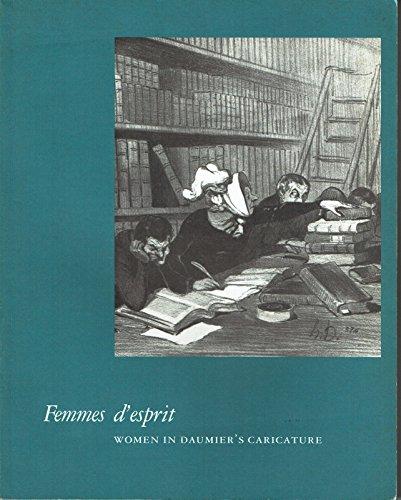
Paradise Camp by Yuki Kihara
Interdisciplinary artist Yuki Kihara is the first Pasifika and first Fa'afafine artist to be presented by New Zealand at the prestigious 59th International Art Exhibition — La Biennale di Venezia, with a ground-breaking exhibition of new work that addresses some of the most pressing issues of our time. Kihara's work interrogates and dismantles gender roles, consumerism, (mis)representation, and colonial legacies in the Pacific. Edited by Natalie King, who has commissioned provocative essays from contributors from around the world, Paradise Camp contextualizes Kihara’s lifetime of works, which puncture and expose queer and question dominant narratives, turning so-called history on its head.
Drawing Limits: Michelangelo Grows Old
It is frequently recounted that shortly before Michelangelo died, the eighty-eight-year-old artist sat before a fire and burned many drawings. Critical examination reveals various motivations for such a destructive act and elicits suggestions for what Michelangelo might have burned. Mainly because of old age and significant changes in his artistic practice, Michelangelo made far fewer drawings in his final two decades than earlier in his career. Therefore, he may have destroyed less than is usually imagined and nothing that would have impaired the completion of his current projects, most important of which was New Saint Peter’s.
Modern in the Making: MoMA and the Modern Experiment, 1929-1949
Today the Museum of Modern Art is widely recognized for establishing the canon of modern art; yet in its early years, the museum considered modern art part of a still unfolding experiment in contemporary visual production. By bracketing MoMA's early history from its later reputation, this book explores the ways the Museum acted as a laboratory to set an ambitious agenda for the exhibition of a multidisciplinary idea of modern art. Between its founding in 1929 and its 20th anniversary in 1949, MoMA created the first museum departments of architecture and design, film, and photography in the country, marshaled modern art as a political tool, and brought consumer culture into a versatile yet institutional context. Encompassing 14 essays that investigate the diversity of modern art, this volume demonstrates how MoMA's programming shaped a version of modern art that was not elitist but fundamentally intertwined with all levels of cultural production.
Rarities of These Lands: Art, Trade, and Diplomacy in the Dutch Republic
A Companion to Modern and Contemporary Latin American and Latina/o Art
A Companion to Modern and Contemporary Latin American and Latinx Art consists of over 30 never-before-published essays on the crucial historical and theoretical issues that have framed our understanding of art in Latin America. This book has a uniquely inclusive focus that includes both Spanish-speaking Caribbean and contemporary Latinx art in the United States. Influential critics of the 20th century are also covered, with an emphasis on their effect on the development of artistic movements. Professor Ila Sheren contributed the essay "Border Art" to this volume.
By providing in-depth explorations of central artists and issues, alongside cross-references to illustrations in major textbooks, this volume provides an excellent complement to wider surveys of Latin American and Latinx art. Readers will engage with the latest scholarship on each of five distinct historical periods, plus broader theoretical and historical trends that continue to influence how we understand Latinx, Indigenous, and Latin American art today.
Michelangelo, God’s Architect: The Story of His Final Years and Greatest Masterpiece
As he entered his seventies, the great Italian Renaissance artist Michelangelo despaired that his productive years were past. Anguished by the death of friends and discouraged by the loss of commissions to younger artists, this supreme painter and sculptor began carving his own tomb. It was at this unlikely moment that fate intervened to task Michelangelo with the most ambitious and daunting project of his long creative life.
Michelangelo, God’s Architect is the first book to tell the full story of Michelangelo’s final two decades, when the peerless artist refashioned himself into the master architect of St. Peter’s Basilica and other major buildings. When the Pope handed Michelangelo control of the St. Peter’s project in 1546, it was a study in architectural mismanagement, plagued by flawed design and faulty engineering. Assessing the situation with his uncompromising eye and razor-sharp intellect, Michelangelo overcame the furious resistance of Church officials to persuade the Pope that it was time to start over.
In this richly illustrated book, leading Michelangelo expert William Wallace sheds new light on this least familiar part of Michelangelo’s biography, revealing a creative genius who was also a skilled engineer and enterprising businessman. The challenge of building St. Peter’s deepened Michelangelo’s faith, Wallace shows. Fighting the intrigues of Church politics and his own declining health, Michelangelo became convinced that he was destined to build the largest and most magnificent church ever conceived. And he was determined to live long enough that no other architect could alter his design.
Distance and proximity in Hubert Robert
This essay focuses on questions of distance and proximity, both chronological and spatial, in the painting of eighteenth-century French artist Hubert Robert. It argues that, through the manipulation of different modes of distance in his paintings, Robert sought to articulate an aesthetic attitude which highlighted the remoteness of the past at the same time as he brought it into dialogue with the present. This aesthetic of distance is variously enacted by Robert's pictorial reflections on the ancient Roman system of roads, the virtual creation and collection of antiquities, and the actual movement of the physical remnants of the ancient world. The result, the essay suggests, is that Robert's work straddles the border of fiction and reference to both acknowledge and deny the presentness of the past.
Classical Receptions Journal, Volume 11, Issue 4, October 2019, Pages 476–507
Gaugin: Portraits
The first in-depth investigation of Gauguin’s portraits, revealing how the artist expanded the possibilities of the genre in new and exciting ways
Paul Gauguin (1848–1903) broke with accepted conventions and challenged audiences to expand their understanding of visual expression. Nowhere is this phenomenon more evident than in his portraits, a genre he remained engaged with throughout all phases of his career. Bringing together more than 60 of Gauguin’s portraits in a wide variety of media that includes painting, works on paper, and sculpture, this handsomely illustrated volume is the first focused investigation of the multifaceted ways the artist approached the subject.
Essays by a group of international experts consider how the artist’s conception of portraiture evolved as he moved between Brittany and Polynesia. They also examine how Gauguin infused his work with symbolic meaning by taking on different roles like the Christ figure and the savage in his self-portraits and by placing his models in suggestive settings with alluring attributes. This welcome addition to the scholarship on one of the 19th century’s most innovative and controversial artists reveals fascinating insights into the crucial role that portraiture played in Gauguin’s overall artistic practice.
Cornelia Homburg is guest curator at the National Gallery of Canada, Ottawa. Christopher Riopelle is curator of post-1800 paintings at the National Gallery, London.
Ain el-Gedida: 2006-2008 Excavations of a Late Antique Site in Egypt's Western Desert
‘Ain el-Gedida: 2006-2008 Excavations of a Late Antique Site in Egypt's Western Desert is a presentation of primary evidence from an archaeological dig at ‘Ain el-Gedida. ‘Ain el-Gedida dates to the 4th century and is a uniquely important archaeological site for the study of early Egyptian Christianity; it is also a rare example of a type of Late Roman rural settlement that was previously known only from written sources.
The authors first present the data collected during excavations of various buildings and rooms at ‘Ain el-Gedida; in the second half of the book, specialists on the ‘Ain el-Gedida research team catalog and describe what was found at the site: ceramics, coins, ostraka, and zooarcheological remains.
Arthur Osver: Urban Landscape, Abstraction, and the Mystique of Place
The first monograph on the work of the American painter Arthur Osver (1912–2006), this publication explores Osver’s entire oeuvre, from early urban realism to decades of engagement with abstraction. His long and productive career took him from Chicago to New York to Europe and back, interweaving with the art of his time, and his paintings have been collected and exhibited all over the world. Nevertheless, he remained firmly rooted in the American Midwest, settling in St. Louis to teach and paint from 1960 until his death in 2006. Beautifully designed and printed, this book includes more than one hundred full-color illustrations of Osver’s work throughout his life as well as an illustrated biography and selections from an interview with the artist from the Smithsonian Archives of American Art.
Starting from Places: Continuous Narration and Discontinuous Perspectives in Roman Art
A spectacular fresco from early first-century Pompeii is featured on the cover of the March 2018 issue of The Art Bulletin. Drawing on a palette of aqua, yellow, and deep red, it depicts Perseus rescuing Andromeda from captivity on a rocky promontory. The fresco appears in Nathaniel B. Jones’s essay “Starting from Places: Continuous Narration and Discontinuous Perspectives in Roman Art,” which explores how the painters of the time represented multiple temporal moments in a single visual field.
Painting, Ethics, and Aesthetics in Rome
In the first centuries BCE and CE, Roman wall painters frequently placed representations of works of art, especially panel paintings, within their own mural compositions. Nathaniel B. Jones argues that the depiction of panel painting within mural ensembles functioned as a meta-pictorial reflection on the practice and status of painting itself. This phenomenon provides crucial visual evidence for both the reception of Greek culture and the interconnected ethical and aesthetic values of art in the Roman world. Roman meta-pictures, this book reveals, not only navigated social debates on the production and consumption of art, but also created space on the Roman wall for new modes of expression relating to pictorial genres, the role of medium in artistic practice, and the history of painting. Richly illustrated, the volume will be important for anyone interested in the social, ethical, and aesthetic dimensions of artworks, in the ancient Mediterranean and beyond.
Matisse and Decoration
Between 1935 and his death at midcentury, Henri Matisse (1869–1954) undertook many decorative projects and commissions. These include mural paintings, stained glass, ceramic tiles, lead crystal pieces, carpets, tapestries, fashion fabrics, and accessories—work that has received no significant treatment until now. By presenting a wealth of new insights and unpublished material, including from the artist’s own correspondence, John Klein, an internationally acclaimed specialist in the art of Matisse, offers a richer and more balanced view of Matisse’s ambitions and achievements in the often-neglected later phases of his career.
Matisse designed many of these decorations in the innovative—and widely admired—medium of the paper cut-out, whose function and significance Klein reevaluates. Matisse and Decoration also opens a window onto the revival and promotion, following World War II, of traditional French decorative arts as part of France’s renewed sense of cultural preeminence. For the first time, the idea of the decorative in Matisse’s work and the actual decorations he designed for specific settings are integrated in one account, amounting to an understanding of this modern master’s work that is simultaneously more nuanced and more comprehensive.
Border Spaces: Visualizing the U.S.-Mexico Frontera
The built environment along the U.S.-Mexico border has long been a hotbed of political and creative action. In this volume, the historically tense region and visually provocative margin—the southwestern United States and northern Mexico—take center stage. From the borderlands perspective, the symbolic importance and visual impact of border spaces resonate deeply.
In Border Spaces, Katherine G. Morrissey, John-Michael H. Warner, and other essayists build on the insights of border dwellers, or fronterizos, and draw on two interrelated fields—border art history and border studies. The editors engage in a conversation on the physical landscape of the border and its representations through time, art, and architecture.
The volume is divided into two linked sections—one on border histories of built environments and the second on border art histories. Each section begins with a “conversation” essay—co-authored by two leading interdisciplinary scholars in the relevant fields—that weaves together the book’s thematic questions with the ideas and essays to follow.
Journal18 issue 4: East-Southeast
The global turn in art history has opened up the eighteenth-century world in a variety of productive new ways. Yet the view of the interconnected eighteenth century is still often that of Europe and North America looking East, rather than broader Asia’s view of its own states and kingdoms that were spread out along the continent and across oceans. Trade, exploration, and diplomacy linked the region stretching from East Asia through Southeast Asia, around India, and across the Indian Ocean to the Middle East in ways that brought exotic goods from one end of this vast area to another. A few notable entities, among them Japan, forbade most or all Europeans from entering the country. But even those with significant European colonial or trade presences maintained and even strengthened their connections with distant Asian neighbors—some of whom were thousands of miles away by land or sea. Artists and artisans traveled between Asian courts and ports; luxurious and useful decorative objects brought far-flung nations into everyday contact; and imitations of the foreign competed with authentic imported goods in markets around the Eastern Hemisphere. The result is a complex and understudied area of cross-cultural contact that has yet to be fully integrated into conceptions of the global early modern world.
The Fall 2017 “East Southeast” issue of Journal18 reorients the compass of global art history by considering intra-Asian artistic contact during the long eighteenth century, and thereby begins to plumb the true depths of interaction across the Asian continent during this period. Within East Asia, Chelsea Foxwell considers how the Japanese fascination with exotic Chinese birds that arrived in the sole trading port of Nagasaki were represented in woodblock-printed books that juxtaposed realistic depiction with visual references to other works of art. Lan Wu takes a historical approach to Tibetan Buddhist art patronage in the Qing empire, using a case study of one Mongolian city as evidence for a thriving network of sites in Inner Asia, and challenging the standard narrative of patronage directed by the capital. Focusing on Southeast Asia, Imran bin Tajudeen reassesses the architectural history of eighteenth-century mosques in Melaka, Palembang, and Jakarta, which display a range of stylistic and structural connections to China, India, and Yemen thanks to a diversity of migrations and movements around the region. Linking South Asia and the Middle East, Holly Shaffer’s study of temporary Muslim shrines in India uncovers how these ephemeral structures drew on architectural models and historical moments from early Islam in Iran and Iraq to enhance devotional practices. With topics that span the breadth of Asia, these four articles reveal the rich texture of intra-Asian interaction that offers new insights into the global eighteenth century.
Spectacle and Leisure in Paris: Degas to Mucha
Through the lens of seven scholars, this book examines fine art and commercial design as they both reflected and helped create the vibrant culture of public spectacle in late nineteenth-century Paris. Posters and prints circulated across the city, as the new art form of cinema flourished, all part of a diverse urban climate of leisure that was particularly French. These rich visual materials served to promote the careers and talents of such celebrities as Jane Avril, Loïe Fuller, and Sarah Bernhardt. Alphonse Mucha and Henri de Toulouse-Lautrec developed the potential of color lithography to meet the demands of these stars, while fine artists ranging from Edgar Degas and Édouard Manet to Pablo Picasso and Édouard Vuillard focused on such spectacles as the racetrack, ballet, café-concert, theater, and opera, asserting them as defining elements of Parisian modernity in this image-saturated milieu.
An Oasis City
Scattered through the vast expanse of stone and sand that makes up Egypt’s Western Desert are several oases. These islands of green in the midst of the Sahara owe their existence to springs and wells drawing on ancient aquifers. In antiquity, as today, they supported agricultural communities, going back to Neolithic times but expanding greatly in the millennium from the Saite pharaohs to the Roman emperors. New technologies of irrigation and transportation made the oases integral parts of an imperial economy.
Amheida, ancient Trimithis, was one of those oasis communities. Located in the western part of the Dakhla Oasis, it was an important regional center, reaching a peak in the Roman period before being abandoned. Over the past decade, excavations at this well-preserved site have revealed its urban layout and brought to light houses, streets, a bath, a school, and a church. The only standing brick pyramid of the Roman period in Egypt has been restored. Wall-paintings, temple reliefs, pottery, and texts all contribute to give a lively sense of its political, religious, economic, and cultural life. This book presents these aspects of the city’s existence and its close ties to the Nile valley, by way of long desert roads, in an accessible and richly illustrated fashion.
Portable Borders
In a first-of-its-kind exploration, Ila Sheren examines the contradictory effects of globalization on the U.S.-Mexico border, as witnessed and processed by contemporary artists.
Imperial Illusions
In the Forbidden City and other palaces around Beijing, Emperor Qianlong (r. 1736-1795) surrounded himself with monumental paintings of architecture, gardens, people, and faraway places. The best artists of the imperial painting academy, including a number of European missionary painters, used Western perspectival illusionism to transform walls and ceilings with visually striking images that were also deeply meaningful to Qianlong. These unprecedented works not only offer new insights into late imperial China’s most influential emperor, but also reflect one way in which Chinese art integrated and domesticated foreign ideas.
In Imperial Illusions, Kristina Kleutghen examines all known surviving examples of the Qing court phenomenon of “scenic illusion paintings” (tongjinghua), which today remain inaccessible inside the Forbidden City. Produced at the height of early modern cultural exchange between China and Europe, these works have received little scholarly attention. Richly illustrated, Imperial Illusions offers the first comprehensive investigation of the aesthetic, cultural, perceptual, and political importance of these illusionistic paintings essential to Qianlong’s world.
Gauguin: Metamorphoses
Gauguin: Metamorphoses explores the remarkable relationship between Paul Gauguin’s rare and extraordinary prints and transfer drawings, and his better-known paintings and sculptures in wood and ceramic. Created in several discrete bursts of activity from 1889 until his death in 1903, these remarkable works on paper reflect Gauguin’s experiments with a range of media, from radically "primitive" woodcuts that extend from the sculptural gouging of his carved wood reliefs, to jewel-like watercolor monotypes and large mysterious transfer drawings. Gauguin’s creative process often involved repeating and recombining key motifs from one image to another, allowing them to metamorphose over time and across mediums. Printmaking in particular provided him with many new and fertile possibilities for transposing his imagery. Though Gauguin is best known as a pioneer of modernist painting, this publication reveals a lesser-known but arguably even more innovative aspect of his practice. Richly illustrated with more than 200 works, Gauguin: Metamorphoses explores the artist’s radically experimental approach to techniques and demonstrates how his engagement with media other than painting--including sculpture, printmaking and drawing--ignited his creativity.
Daumier and Exoticism
Best known as a satirist of Parisian politics and daily life, Honoré Daumier (1808-1879) was a prolific caricaturist. This book is the first to examine the role of exoticism in his art, and to offer a detailed history of the journal Le Charivari in which the lithographs appeared. These satires of China, Haiti, the United States, Africa, and the Middle East not only target the theater of international politics, but also draw on a broad range of physical stereotypes supported by contemporary ideas about race and cultural difference. In an art of comic inversion, Daumier used the exotic to expose the foibles and pretensions of the Parisian bourgeoisie. A pacifist and a Republican, Daumier also satirized the non-European world in order to covertly attack the imperialism of Napoléon III in an age of press censorship. Idealistic as well as pragmatic, he used humor to stage political critique as well as to envision a more unified and compassionate world.
Vanishing Paradise: Art and Exoticism in Colonial Tahiti
In the late nineteenth century Tahiti embodied Western ideas of an earthly Paradise, a primitive utopia distant geographically and culturally from the Gilded Age or Belle Epoque. Stimulated by fin de siècle longings for the exotic, a few adventurous artists sought out this Eden on the South Seas—but what they found did not always live up to the Eden of their imagination. Bringing three of these figures together in comparative perspective for the first time, Vanishing Paradise offers a fresh take on the modernist primitivism of the French painter Paul Gauguin, the nostalgic exoticism of the American John LaFarge, and the elite tourism of the American writer Henry Adams. Drawing on archives throughout Europe, America, and the South Pacific, Childs explores how these artists, lured by romantic ideas about travel and exploration, wrestled with the elusiveness of paradise and portrayed colonial Tahiti in ways both mythic and modern.
Discovering Michelangelo: The Art Lover's Guide to Understanding Michelangelo's Masterpieces
This exceptionally produced art book with die-cut windows and overlays identifies, decodes, and explains symbols hidden in Michelangelo’s works. Discover the full meaning behind fifty featured paintings, drawings, and sculptures in this unique volume celebrating Michelangelo. This book’s innovative design pairs stunning art reproductions with a page of die-cut windows that help the reader focus on specific aspects and features captions that highlight the most important symbols and innovations of the Renaissance’s master painter, architect, and sculptor. Learn the secrets behind famous works such as the Sistine Chapel ceiling, The Last Judgment, Doni Tondo, and David, as well as Bacchus, Battle of the Centaurs, and Bruges Madonna. Each work featured in Discovering Michelangelo: The Art Lover’s Guide to Understanding Michelangelo’s Masterpieces tells a story that becomes more fascinating as layer upon layer of symbolic meaning is revealed.
One or Two, Repictured
This issue features a special section on a 2011 Pulitzer Arts Foundation workshop in which twelve graduate students and four professors of Asian art history commented on the context of objects in the foundation’s exhibition Reflections of the Buddha. Other essays explore Asian traditions of painting, such as Chinese imperial portraits, Huai’ian tomb paintings, and ema, or votive paintings on the Kabuki stage at the Narita-san temple. Contributors include Stanley K. Abe, Catherine Becker, Phillip Bloom, Katherine Brooks, James Cahill, Marsha Haufler, Jiyeon Kim, Kristina Kleutghen, John M. Rosenfield, Marsha Rosenfield, Jerome Silbergeld, and Hilary K. Snow.
John La Farge's Second Paradise
In 1890, John La Farge (1835–1910) and his close friend, historian Henry Adams, embarked on a journey to the islands of the South Pacific, where the artist experienced a period of great creative output. This book showcases many of the most important oils, watercolors, and sketches to come out of La Farge’s two-year voyage to the islands of the Pacific and Indian Oceans and is the first to place the artist’s South Seas work in the broader context of exotic travel by artists and writers of the 19th century.
The essays in John La Farge’s Second Paradise explore the artist’s reemergence as a plein air landscape painter, his use of the sketchbook, and his late decorative work, which was reinvigorated by the experience of light and color he discovered in the South Seas. Further discussions examine the prevailing notions of tropical paradise perpetuated since Captain Cook’s “discovery” of Polynesia in the late 18th century, and offer the first extended comparison of the careers and art of La Farge and Paul Gauguin, who arrived in Tahiti only days after La Farge left in 1891. Featuring many previously unpublished works, this beautiful book is a major contribution to the study of La Farge’s life and art.
Michelangelo: The Artist, the Man and his Times
Michelangelo is universally recognized to be one of the greatest artists of all time. In this vividly written biography, William E. Wallace offers a substantially new view of the artist. Not only a supremely gifted sculptor, painter, architect, and poet, Michelangelo was also an aristocrat who firmly believed in the ancient and noble origins of his family. The belief in his patrician status fueled his lifelong ambition to improve his family’s financial situation and to raise the social standing of artists. Michelangelo’s ambitions are evident in his writing, dress, and comportment, as well as in his ability to befriend, influence, and occasionally say “no” to popes, kings, and princes. Written from the words of Michelangelo and his contemporaries, this biography not only tells his own stories but also brings to life the culture and society of Renaissance Florence and Rome. Not since Irving Stone’s novel The Agony and the Ecstasy has there been such a compelling and human portrayal of this remarkable yet credible human individual.
Michelangelo: The Complete Sculpture, Painting, Architecture
With an engaging text by renowned Michelangelo scholar William E. Wallace, Michelangelo: The Complete Sculpture, Painting, Architecture brings together in one exquisite volume the powerful sculptures, the awe-inspiring paintings, and the classical architectural works of one of the greatest artists of all time. Including everything from his sculptures Pietàs and David to his beautiful paintings of the Sistine Chapel and the Doni Tondo, the book provides an opportunity to view Michelangelo’s work as never before, and to more fully understand the artist who, through his work, spoke of his life and times. The frescoes are specially printed on onion skin paper to recreate the actual appearance of light reflecting off of the plaster walls. The stunning black-and-white photography of the sculptures is printed in four colors to bring out the rich details of the marble.
American Encounters: Art. History, and Cultural Identity
American Encounters is a long-awaited dynamic new narrative of the history of American art that focuses on historical encounters among diverse cultures, upon broad structural transformations such as the rise of the middle classes and the emergence of consumer and mass culture, and on the fluid exchanges between “high” art and vernacular expression. The text emphasizes the intersections among cultures and populations, as well as the influences, borrowings, and appropriations that have enriched and vitalized our collective cultural heritage.
Matisse Portraits
The devotion of Henri Matisse to the human figure led him to make portraits of many different sitters—members of his family, fellow artists, professionals in other fields, patrons, and various others. At key points in his career, he was also an obsessive observer of himself, creating intense series of self-portraits. This pioneering book, with some 200 stunning illustrations, offers the first comprehensive account of Matisse’s activity as a maker of portraits and self-portraits.
Matisse scholar John Klein goes beyond standard approaches to portraiture that focus on questions of likeness and expression of character. He considers the transaction that produces a portrait—a transaction between the artist and the sitter (even when the sitter is oneself) that is social as much as artistic. Klein investigates the various social contexts of Matisse’s sitters and finds that differences among these contexts produced different kinds of portraits and self-portraits with different goals. This was in part due to the personal and social identity of the sitter, but partly also to Matisse’s self-perception with respect to the sitter and his goal of engaging the genre as a mode of personal expression. Klein also addresses the vexing question of whether depictions of hired models can be considered as portraits and concludes that they lack the social context that is necessary to portraiture. Through the psychological and contextual examination of Matisse’s portraits and self-portraits, Klein throws new light on an important body of work by this influential artist. The author also discusses the portrait practice of some of Matisse’s contemporaries—Picasso, Kirchner, Bonnard, Vallotton, and Boldini—to develop fresh insights into the status of portraiture within twentieth-century art as a whole.
Vincent Van Gogh and the Painters of the Petit Boulevard
Dozens of reproductions highlight the work of Parisian avant-garde artists of the late 1880s and early 1890s, including Vincent Van Gogh, Paul Gauguin, Henri de Toulouse-Lautrec, Emile Bernard, and Georges Seurat, providing a fresh look at this influential generation of artists and the impact of their work on the development of modern art.
The Empire of the Eye: Landscape Representation and American Cultural Politics, 1825-1875
Miller examines the content of nineteenth century American Landscape painting for cultural meaning. Instead of merely reflecting the ideological concepts of the time, the author holds that the paintings themselves formed the basis for much of America's dialogue on issues, such as nationalism, during the last century. Miller argues the painting is an act and paintings as a result were the ground upon which central debates concerning progress and conservation, region and nation, masculine and feminine, were formulated, refined, and presented to the public.
In her study, Miller discerned several patterns appearing in the works, many having to do with the reinterpretation of nature, its transformation, and its eventual feminization. It is an investigation of the interplay between the domesticated landscape depicted on canvas and the Whig ideal of social order, as well as the voices dissenting from the myth of nationalist hegemony in the landscape. The author's analysis of a number of paintings challenges the longstanding interpretations or provides strikingly fresh insights.
Femmes d'Esprit
Catalog of an exhibition held at the Christian A. Johnson Memorial Gallery, Middlebury College, Middlebury, Vt., June 16-July 15, 1990, and at the Neuberger Museum, State University of New York at Purchase, Purchase, N.Y., Sept. 9-Dec. 10, 1990
